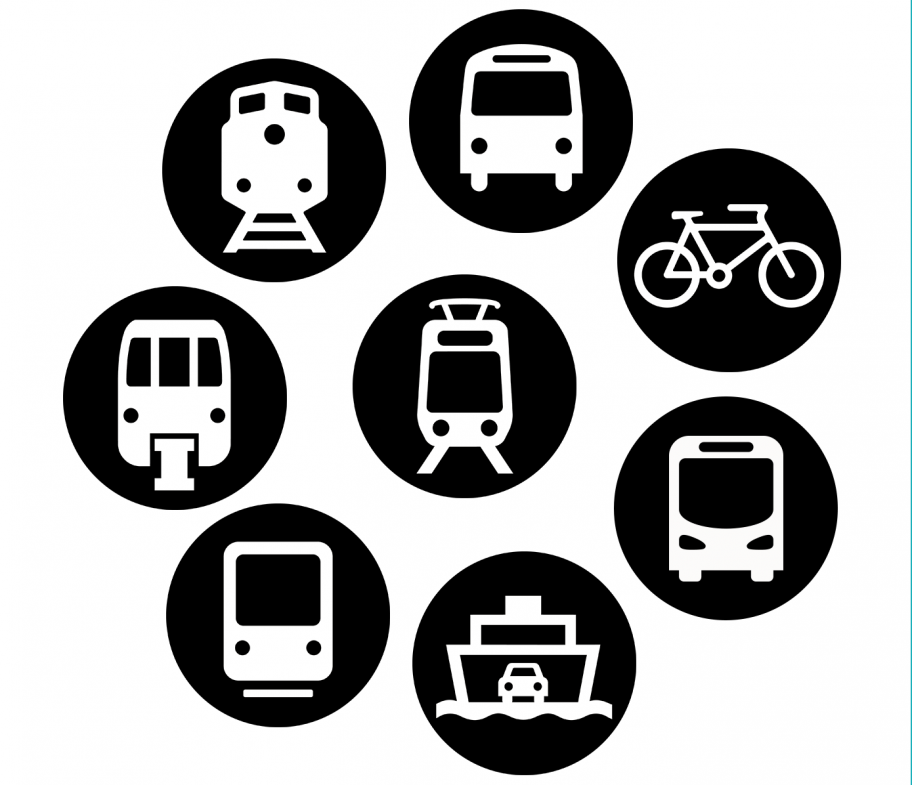- cross-posted to:
- urbanism@hexbear.net
- stlouis
- cross-posted to:
- urbanism@hexbear.net
- stlouis
Interesting article. An eye opening point was
I actually couldn’t find a single example of a light rail system in the entire United States which needs the capacity of light rail and couldn’t get by with buses.
Could it be that light rail is a form of future proofing for population growth? My understanding is that a lot of light rail is more recent development, but I can be wrong.
Another interesting highlight:
In America, Light Rail tends to cost $100M-200M per mile to construct (e.g. the proposed St. Louis Green Line will cost $196M per mile for the 5.6 mile route). On the other hand, Light BRT costs maybe $5M per mile
One criticism of his argument is he takes a bus option and compares it to the most expensive light rail system.
He also doesn’t discuss ongoing operating expenses like fuel, life span of vehicles, or personel requirements to operate.
While there certainly is an argument that busses can be cheaper than rail, I think this isn’t a complete argument provided. It can be good to start the discussion, but I would be surprised if cities aren’t doing some cost benefit analysis of different systems with projections 5, 10, or 20 years down the line.
He also doesn’t discuss ongoing operating expenses like fuel, life span of vehicles, or personel requirements to operate.
He does mention those things actually
I actually couldn’t find a single example of a light rail system in the entire United States which needs the capacity of light rail and couldn’t get by with buses.Could it be that light rail is a form of future proofing for population growth? My understanding is that a lot of light rail is more recent development, but I can be wrong.
Yea, I think it’s really difficult to predict how many riders you’ll get long term. I think someone that agrees fully with this article would probably say you can do BRT now for cheaper, and do LRT when the demand exists later.
I tend to think that rail will probably attract more riders over time than buses do, and have more ridership growth. But I don’t have evidence for that. I think you’d need a long-term study to really establish that. If you’re operating from what we currently know and can show evidence for, I think this article makes a lot of compelling points I can’t really disprove.
But I’d you do BRT now and then light rail later, you will have spent more having to have done both. Projecting ridership, population shifts, revenue, maintenance, and operating costs would almost certainly gone into the planning.
At least for the STL Green Line example here, the choice of LRT over BRT seems to have less to do with that kind of analysis and more to do with the source of the income. A lot of the money was raised on the promise of a N/S rail, and that’s made it difficult to advocate for anything else regardless of metrics. Some of the money is also grants specifically earmarked for rail. Don’t know if that applies everywhere. I think the flashiness of rail makes it easier to raise revenue for, regardless of if its the right decision for the situation.
Toronto is the case study of what you get with this line of thinking… rail lines are meant to last up to 50 years, whereas buses maybe 10. We have buses criss crossing all over the city and a chronic shortage in capacity. The connections to the existing lines are fine but then causes massive bottlenecks in the system. When the plans were made the city didn’t “need” this capacity, but then there was massive growth and now we’re finally playing catchup and are soon to move beyond a 1980s transit system.

